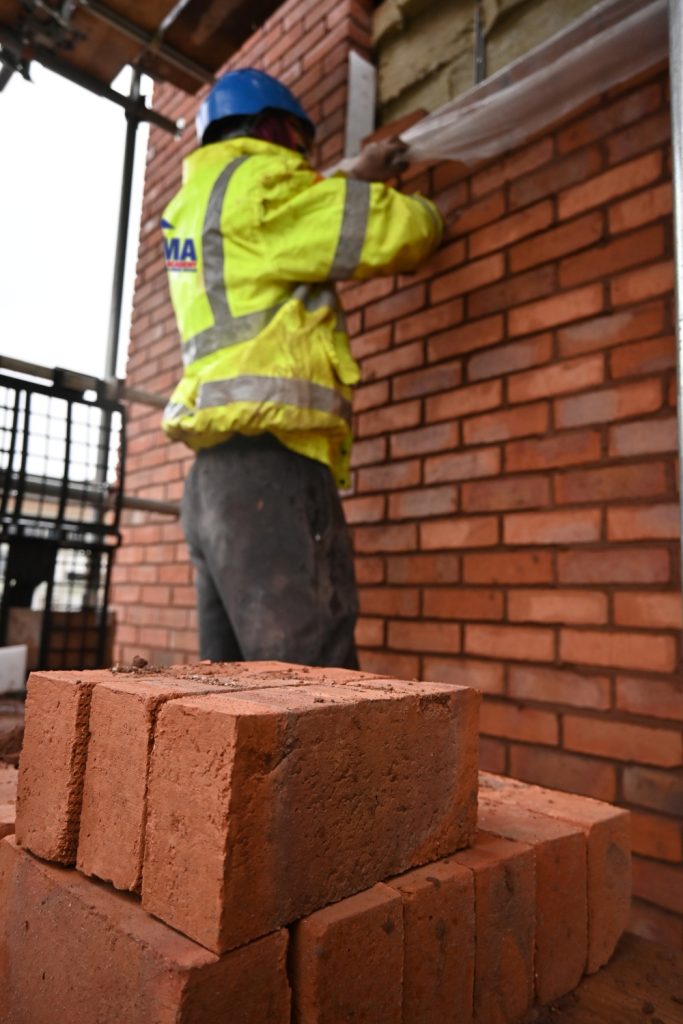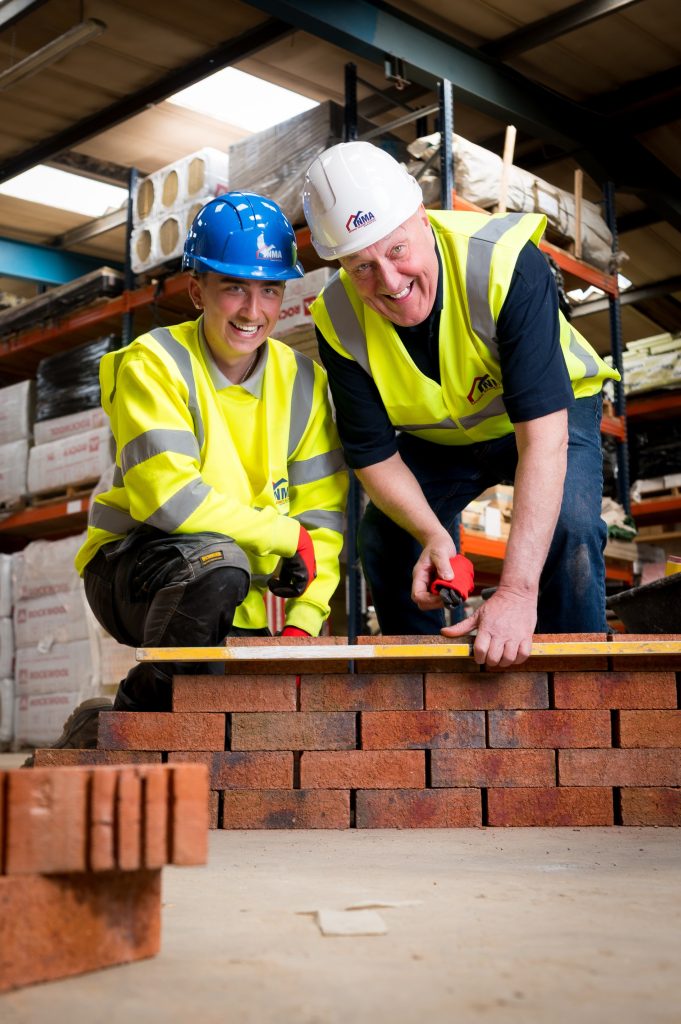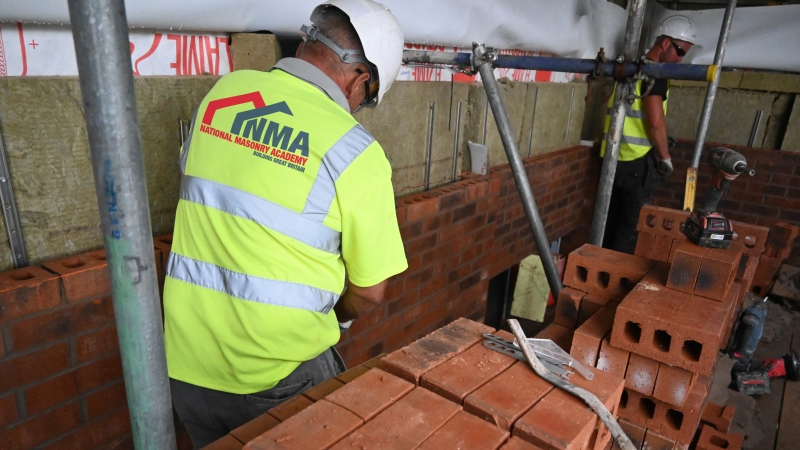The Masonry Association of Great Britain is working on behalf of bricklayers. Professional Builder finds out what the new trade body has to offer.
The bricklaying trade and the wider masonry industry needs support. The average age of a bricklayer is now over 50 and, with a paucity of apprentices joining at the opposite end of the age spectrum, skills shortages are now a reality. Many smaller firms find it difficult to access training and trainees whilst the demands of sustainability are introducing new building practices.
Through a long career at related trade bodies, Eve Livett can point to considerable experience in all things bricks and blocks and is already well versed in these challenges. As the Chief Executive Officer of a brand-new organisation with a mission to champion the sector she is urging all companies in the industry, including contractors, manufacturers, suppliers and training providers, to get involved.

The Masonry Association of Great Britain is open to organisations large and small and will speak with a united voice. “A sector representative body that speaks for everyone involved in masonry is currently lacking and that’s the space we want to create,” Eve explains. There will, however, be a focus on micro and SME construction companies. “Smaller local firms fuel growth in the industry but they’re the ones who need the most help when it comes to a whole range of issues. That includes upskilling and onboarding apprentices so it’s that demographic we want to target with courses and advice on recruitment.”
The annual membership fee is dependent on the size of the company determined by the number of employees. Once joined you have access to a wealth of benefits. The first of five training hubs strategically located around the company will open this October in Sheffield. This will be the association’s flagship National Masonry Academy and will be followed by facilities in Manchester, Newcastle, Nottingham and Derby.

“We know that a lot of tradespeople don’t necessarily want to take a day out from work and travel, so we’ll also bring the learning to builders with courses on site,” Eve enthuses. “Whether in the field or at a centre, these will be to an approved CITB or NVQ standard and funding will be available for attendees, with additional discounted pricing for Masonry Association members. By collaborating with local colleges and delivering accredited qualifications we’ll be advocating apprenticeships in particular.”
Pre-apprenticeships
In addition, Eve wants the routes by which young people are introduced to bricklaying to be restructured: “Pre-apprenticeships are a useful tool for giving new entrants some insight into what the industry requires, as well as an understanding of the skillset. We see these programmes as being very important in reducing the dropout rate at apprentice level which is currently far too high. When employers are concerned that fledgling employees are not going to commit to a trade, they will inevitably be reluctant to devote the time it requires to develop them. Pre-apprenticeships can help break down that obstacle.”
Although grants do exist to help tradespeople increase their workforce, they’re either unaware of them or find the application process onerous. The Masonry Association of Great Britain can guide time-poor subcontractors through the recruitment maze with practical advice at every point. “There is a lot of support out there already,” Eve adds, “and we’ll be lobbying legislators for more.”

It’s not all about training either because technical resources will be on offer, as well as seminars and networking events where employers and tradespeople can meet with their peers to address industry issues. The latest information will be delivered via a monthly newsletter and the Masonry Association will be driving the agenda by engaging with government and local authorities to promote the industry’s interests.
“We’ve already brought on some leading manufacturers as members. These companies have some of the most knowledgeable people in the sector on their payroll, and that’s a pool of talent that we’ll want to utilise. New building techniques, such as brick slips or Modern Methods of Construction (MMC), don’t necessarily need to be a threat to existing skillsets. We need to embrace them as opportunities.”

Promoting the trade
It’s this collective approach that will equally seek to remove some of the stigma that is sadly still attached to a career in the trades. Indeed, one of the most stubborn barriers to increasing the workforce has been the industry’s image, which is at odds with a workforce that is highly paid and skilled. In order to promote it as a viable alternative to university, the Masonry Association of Great Britain wants to work with educators through school outreach projects.
The principle behind the Masonry Association of Great Britain is to bring industry professionals together at every level. Whether you’re working in stone, brick, block, or GRC, your interests will be its priorities.
For further information on the Masonry Association click here.
Enjoyed this article? Give it a like to let us know and and we’ll share more content like this!












